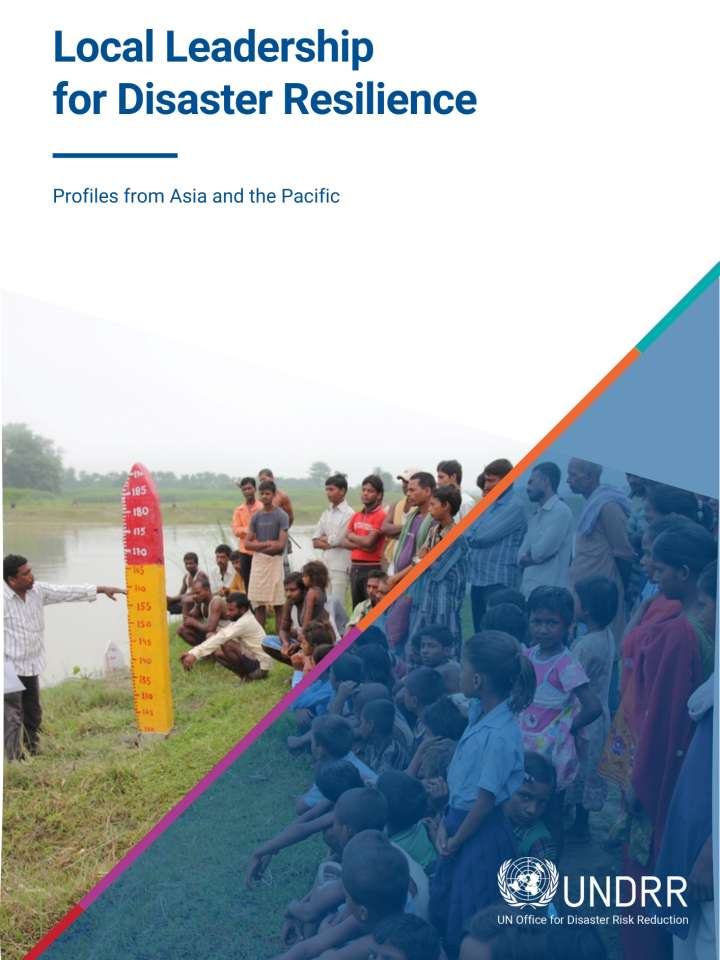Local leadership for Disaster Resilience: Profiles from Asia and the Pacific
Disaster risks are growing more intense, complex, and unpredictable. This growing unpredictability and intensity of extreme events, in the midst of increasingly complex socio-economic dynamics fuelled by growing inequalities, call for a new approach to resilience building and planning. This is a challenge that cannot be addressed by formal institutions alone.
With a deep understanding of their contexts, local leaders are a vital cog in the wheel of resilience building. They have a unique ability to reach excluded communities who lack access or fall outside the gambit of large-scale programming. Local leaders often possess the capacity to innovate and have a strong understanding of local systems, politics, and culture. Put together, this means a strong position to link preparedness, response, and long-term recovery.
Capable local leaders are able to surmount these challenges with scarce resources and in difficult conditions. They continuously engage with their communities to educate, empower, and build skills that contribute to long-term community resilience. These roles give local leaders a significant comparative advantage in driving overall change.
Local leaders also have a direct role in helping achieve Target E of the Sendai Framework, which aims to ‘Substantially increase the number of countries with national, and local disaster risk reduction strategies by 2020’, and are among the most influential drivers in achieving the SDGs.
There are countless success stories across Asia-Pacific and the local champions behind them and this publication aims to highlight a few of them.
